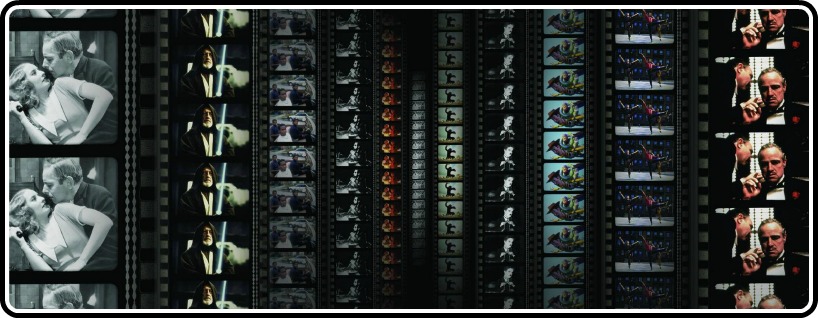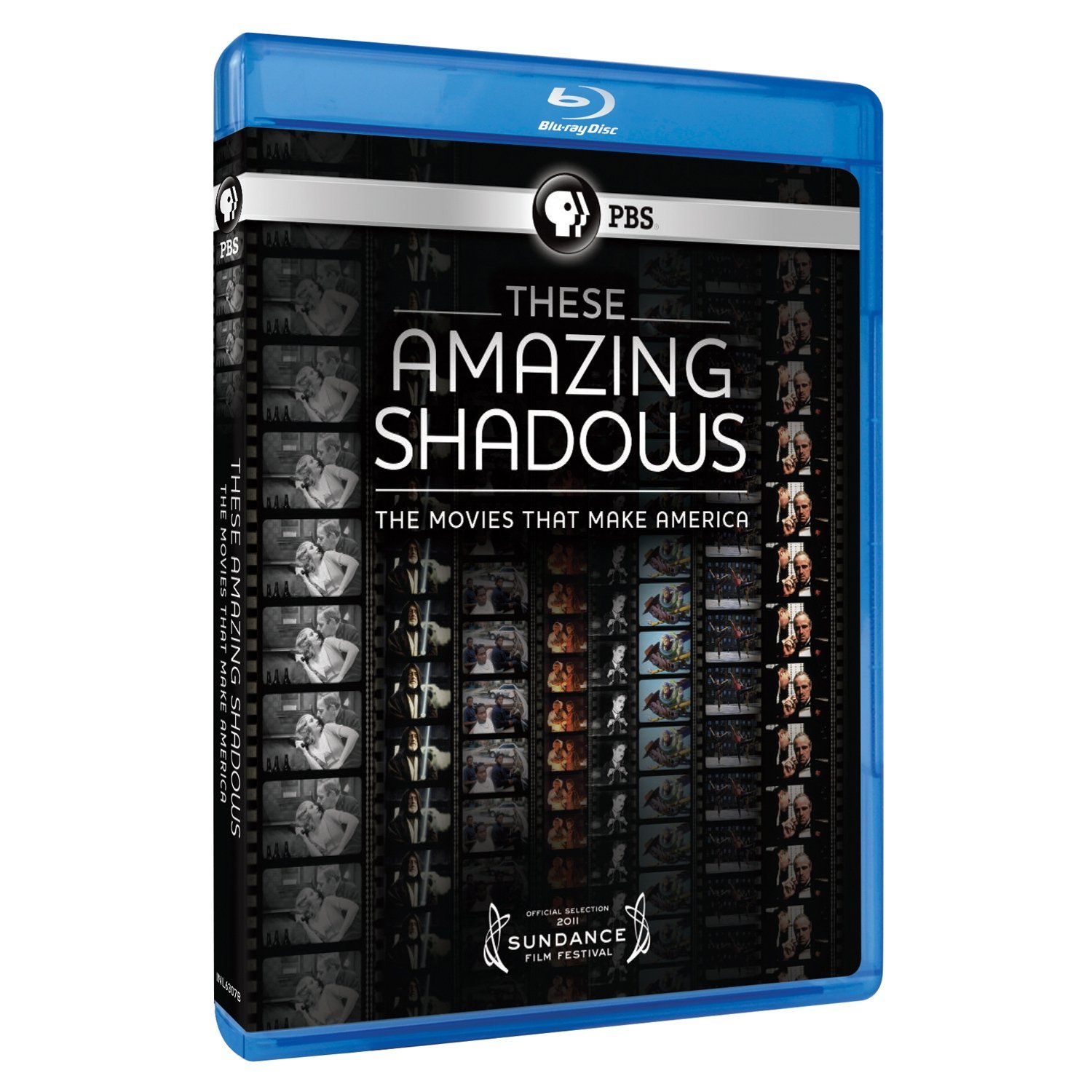
There are people who love film, and there are people who LOVE film. Love it so much, they are compelled to interact with it in some way. To touch it. To handle it. To help it. It is a shameful fact that half of all films made before 1950 are gone forever. Half. Gone. You and I will never, ever see them. Wait — it gets worse. 80% of ALL the silent films EVER produced in the United States: same thing. Of one of those silent films — The Patriot, one of the five nominees for the second Best Picture Oscar ever given — all that’s left is a trailer.
And it gets even worse than that. In the mid-1980’s, after media mogul and loudmouth schnook Ted Turner acquired the ginormous film library of vintage studio-era MGM, RKO and Warner Bros. titles from Kirk Kerkorian, Turner decided that the best way to exploit his corporate plunder would be to colorize the black-and-white films for an audience that dismisses B&W and, to this very day, adamantly refuses to know any better.
Well, this was just too darn much. Not long after Turner’s ghastly experiment — examples of which can be seen early on in the wonderful documentary These Amazing Shadows — a plucky band of rebel filmmakers lobbied Congress to acknowledge that cinema is not just a product or a commodity but a genuine art form, and should not be tampered with, but preserved and protected. And thus was the National Film Registry born. This organization, which selects 25 films each year to be added to the Registry and endeavors to keep our cinematic heritage safe and secure for future generations, is the subject of this film.
Directors Paul Mariano and Kurt Norton have taken a compelling subject and presented it simply and elegantly in a straightforward manner, letting the facts — and the films — speak for themselves. An array of filmmakers, scholars and preservationists speak of their love of film (Tim Roth speaks touchingly of To Kill A Mockingbird), the reasons and rationales for several of the movies in the Registry (director Wayne Wang’s declaration that Spicoli having a pizza delivered to Mr. Hand’s class in Fast Times At Ridgemont High was “the best moment in American film history” is a riot), and the struggles to stay on top of film preservation. Some of these stories are delightful, as when preservationist Liz Stanley speaks proudly of her successful efforts to get Back To The Future into the Registry; some of them are shattering in their revelations about the shortsightedness of studio thinking — film vault manager George Willeman matter-of-factly states, “One studio destroyed all their silent negatives in the ’40s because they didn’t think anybody was ever gonna want to see them again,” and you just want to punch somebody.
As the documentary explores the depth of the Registry’s collection, one cannot help but be moved by the vast amount of history on display, from The Godfather to the Zapruder film; These Amazing Shadows makes its case brilliantly and firmly, explaining that film is indeed an incredible historic repository as well as a medium of escapist entertainment and breathtaking art. And it argues most convincingly that film preservation is a noble and worthwhile cause, and one that should continue to be funded by our government as well as private citizens. If you want to show someone that American cinema is a vast treasure trove waiting to be explored and appreciated, this film is for them. If you are a film aficionado and you’re looking for a little affirmation that all your time in the dark was time well spent, this film is for you.
Visit the film’s website, follow them on Twitter, or like them on Facebook.







![Bergman Island (The Criterion Collection) [Blu-ray]](https://criterioncast.com/wp-content/uploads/2022/11/bergman-island-the-criterion-collection-blu-ray-400x496.jpg)
![This Is Not a Burial, It’s a Resurrection (The Criterion Collection) [Blu-ray]](https://criterioncast.com/wp-content/uploads/2022/11/this-is-not-a-burial-its-a-resurrection-the-criterion-collection-blu-ray-400x496.jpg)
![Lars von Trier's Europe Trilogy (The Criterion Collection) [The Element of Crime/Epidemic/Europa] [Blu-ray]](https://criterioncast.com/wp-content/uploads/2022/11/lars-von-triers-europe-trilogy-the-criterion-collection-the-element-of-400x496.jpg)
![Imitation of Life (The Criterion Collection) [Blu-ray]](https://criterioncast.com/wp-content/uploads/2022/11/imitation-of-life-the-criterion-collection-blu-ray-400x496.jpg)
![The Adventures of Baron Munchausen (The Criterion Collection) [4K UHD]](https://criterioncast.com/wp-content/uploads/2022/11/the-adventures-of-baron-munchausen-the-criterion-collection-4k-uhd-400x496.jpg)
![Cooley High [Criterion Collection] [Blu-ray] [1975]](https://criterioncast.com/wp-content/uploads/2022/11/cooley-high-criterion-collection-blu-ray-1975-400x496.jpg)